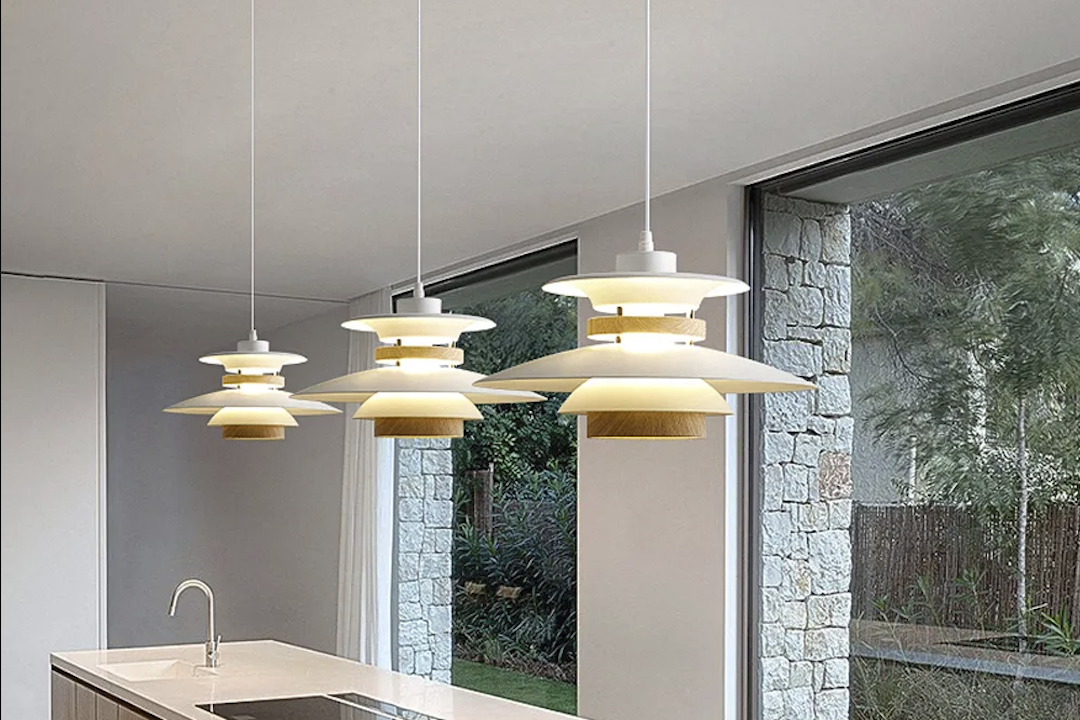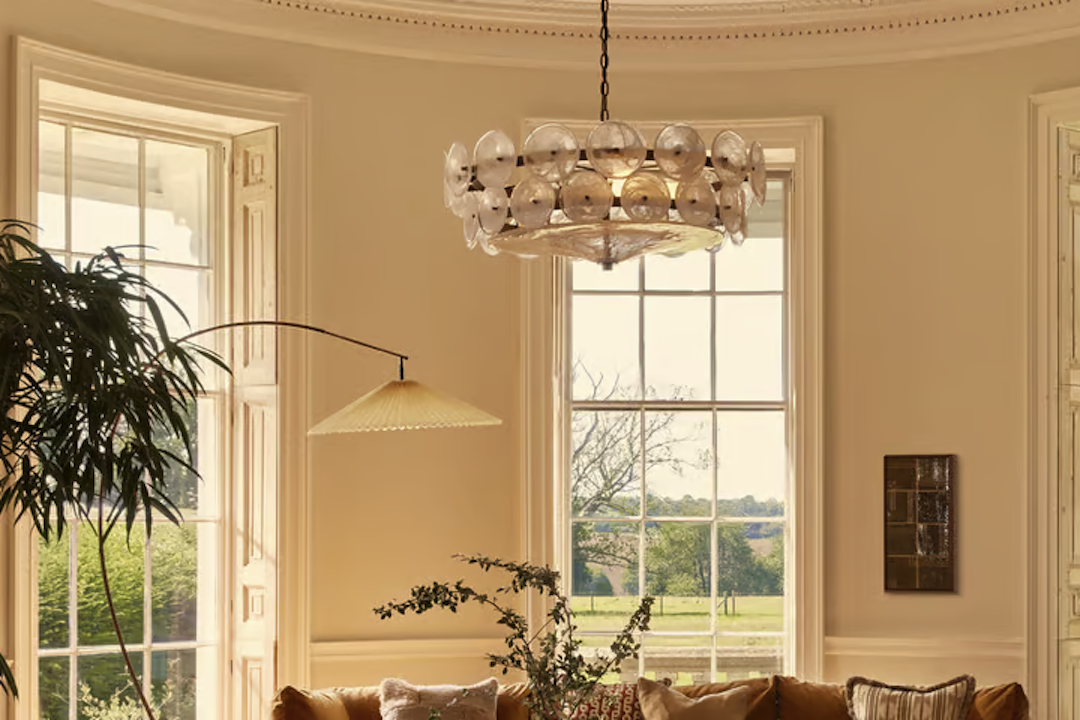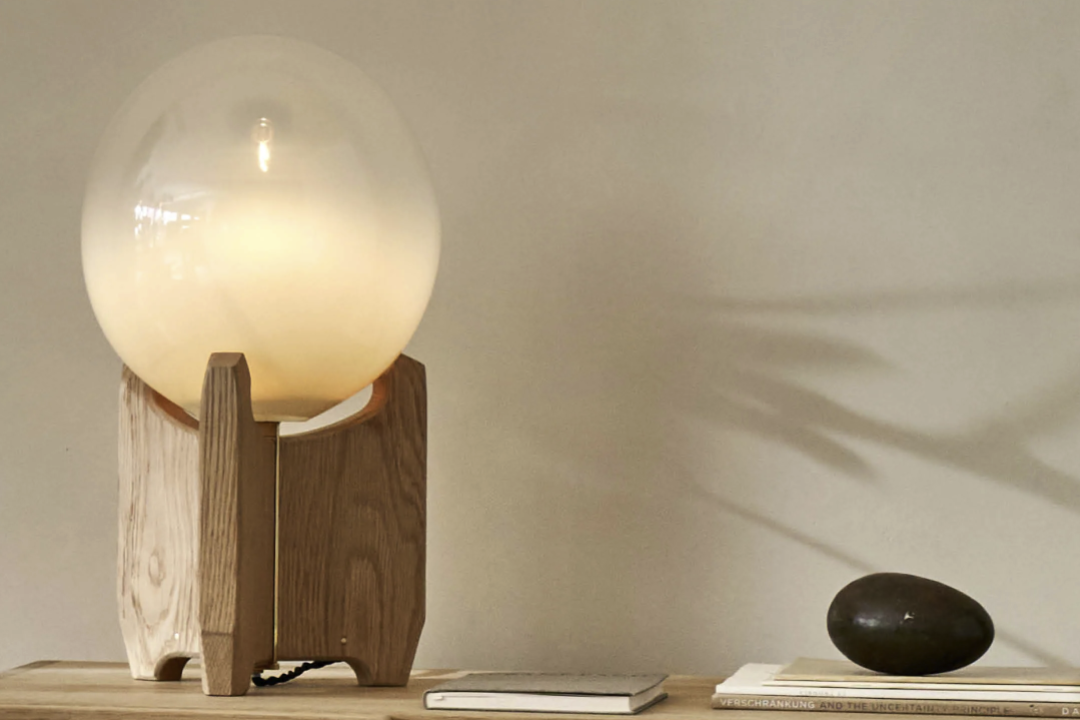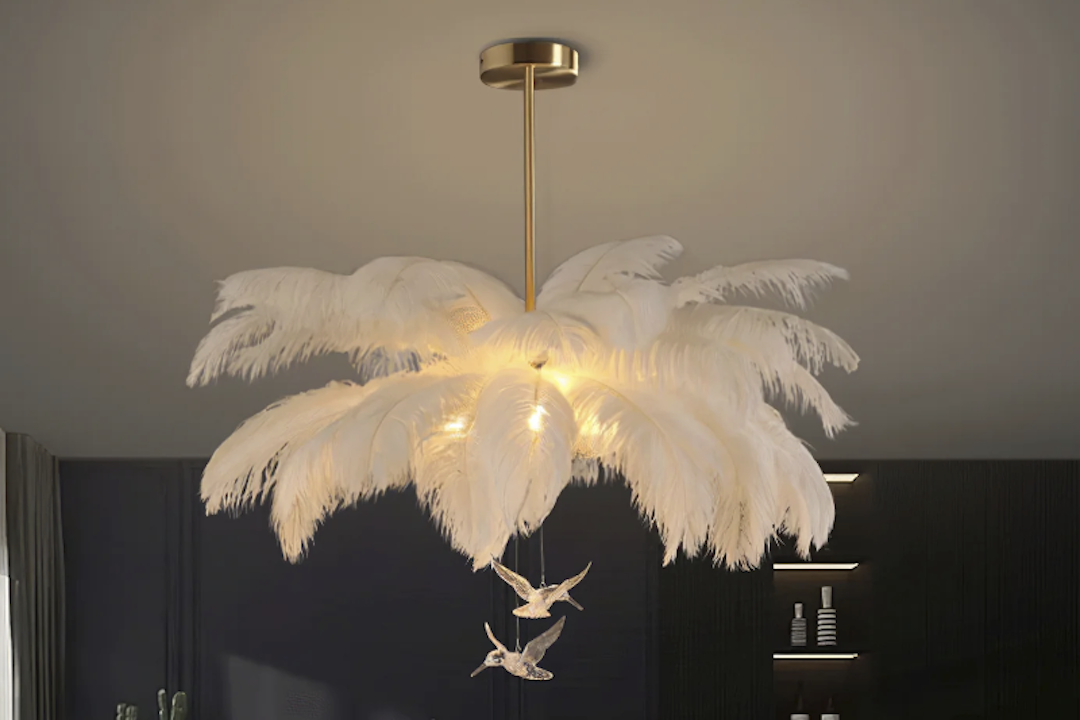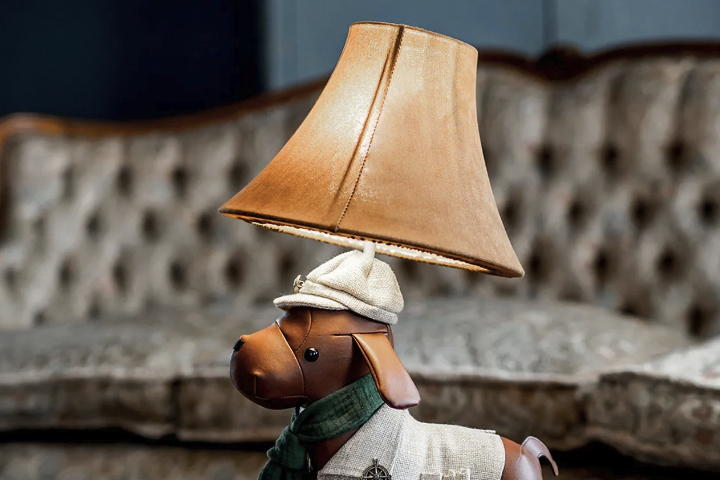Introduction
The Art Deco movement of the early 20th century was known for its striking geometric designs, luxurious materials, and emphasis on glamour and exuberance. The movement had a profound impact on architecture, interior design, fashion, and art, and its influence can still be seen today.
One of the most enduring and iconic features of the Art Deco period are the stunningly beautiful globe lamps that graced the lobbies of grand hotels, restaurants, and public buildings. These globes, with their bold geometrical shapes, intricate patterns, and glowing illumination, were not only objects of beauty, but also symbols of the optimism, confidence, and prosperity of the time.
In this article, we will explore the history and significance of Art Deco globes, and their enduring appeal to collectors, designers, and enthusiasts.
The Origins of Art Deco Globes
The Art Deco period emerged in the aftermath of World War I, when people were eager to break free from the constraints of the past and embrace a new, modern era. The movement was characterized by a fascination with the machine age, industrial materials, and the sleek lines and forms of modern geometry.
As part of this design ethos, globe lamps emerged as a popular way to incorporate abstract geometric shapes, bold colors, and materials such as glass, metal, and Bakelite, into decorative lighting.
One of the most prolific makers of Art Deco globes was the French firm of Verlys, which produced a wide range of exquisitely crafted globe lamps in a variety of shapes and sizes. The Verlys globes were noted for their finely detailed patterns, often featuring intricate cutouts and relief designs, and their luminous, jewel-like colors, which were achieved through the use of colored glass and special coatings.
Art Deco Globe Styles
Art Deco globes came in a range of styles, ranging from the streamlined and minimalistic to the elaborate and ornate. Some were inspired by ancient motifs, such as Egyptian or Aztec designs, while others incorporated futuristic shapes such as rockets or sunbursts.
Many Art Deco globes were also influenced by the natural world, with designs featuring stylized flowers, trees, or even animals. For example, the popular Lalique Bacchantes globe lamp was inspired by the Bacchus wine festival, and featured six frosted glass female figures dancing in the midst of grapevines.
Other notable Art Deco globe designs included the Sabino Koi Fish, featuring a delicate, sculptural fish motif in opalescent glass, and the Hutton Etling Pools of Light, which featured a series of crystal globes suspended from a metal frame.
Collecting Art Deco Globes
Today, Art Deco globes are highly sought after by collectors and enthusiasts, and can fetch high prices at auction. Many globes from the period are rare and one-of-a-kind, and their intricate craftsmanship and use of high-quality materials make them objects of enduring beauty and value.
Collectors look for globes that are in good condition, with no cracks or chips in the glass and no missing or broken pieces. They also value globes that have their original fittings and hardware, which are often made from brass or copper and add to the authenticity and aesthetic appeal of the piece.
Art Deco Globe Design in Contemporary Spaces
While Art Deco globes were originally designed for larger public spaces, they can also be incorporated into contemporary home and office design. A single statement piece or a group of globes can add a touch of glamour and sophistication to a room, while also serving as functional lighting.
Many designers incorporate Art Deco globe lamps into interior design schemes that feature other Art Deco elements, such as geometric wallpaper or furniture with clean, angular lines. Others use globes as a focal point in more minimalist, contemporary spaces, allowing the intricate patterns and luminous colors to stand out against a stark, monochromatic backdrop.
In conclusion, the Art Deco period of the early 20th century produced some of the most iconic and enduring designs in history, and Art Deco globes are no exception. Their bold geometric shapes, intricate patterns, and luminous colors continue to captivate collectors, designers, and enthusiasts alike, and their timeless elegance and beauty are sure to be appreciated for many years to come.
Sources
– Art Deco Society of New York
– The Language of Decorative Arts by Tim Forrest
– Art Deco Lamps by Alastair Duncan

